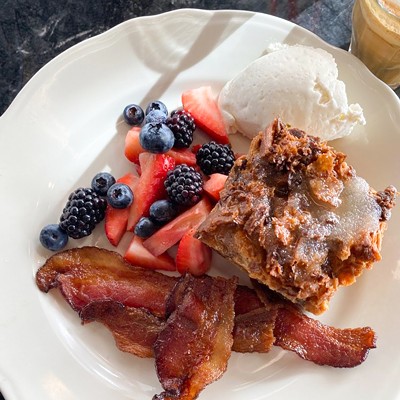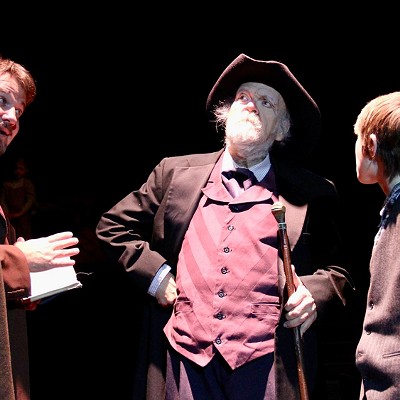See through the eyes of Andy Warhol at The Cult of Personality, a new exhibit opening Friday at the Fred Jones Jr. Museum of Art.
Celebrity
Polaroid portraits shot by the legendary pop artist will be on display,
along with two Warhol paintings and portraits by Harold Stevenson,
Warhol’s contemporary and colleague.
Taken
in preparation for later portraits, the Warhol Polaroids were gifted to
the museum from the Andy Warhol Foundation in 2008.
“The
Warhol Foundation asked us to exhibit them as a group sometime in the
next 10 years after that gift, and now we’re finally able to stage a
large exhibition of that work,” said Mark White, the museum’s chief
curator.
The two
finished paintings of museum benefactor Mary Spencer are on loan from
Spencer herself. Meanwhile, Stevenson’s portraits were a gift from the
artist in 2006.
“Stevenson saw this
group of 97 portraits as one single work of art, and he actually
specified that we could only show it together,” White said. “We got
special permission from him to just show a portion of it this time.”
Viewers will have the opportunity to see what interested Warhol on a daily basis.
“It
gives you kind of a glimpse into who Warhol was as an individual, what
interested him, the kinds of personalities and people he tended to be
drawn to,” White said, noting that the pop artist often took photos in
an impromptu fashion, carrying his camera with him just in case.
Among
the celebrities captured by Warhol include hockey great Wayne Gretzky
and American Indian artist R.C. Gorman. Meanwhile, Stevenson’s portraits
are comparative unknowns: residents of Idabel.
“It’s
a kind of interesting contrast, an interesting study in how Americans
have been depicted in the 1960s and since then,” White said.
Opening the same night with a free public reception at 7 p.m. is another exhibition, Vernet to Villon: Nineteenth-Century French Master Drawings from the National Gallery of Art, which includes works by such acclaimed artists as Edgar Degas, Paul Cézanne and Henri de Toulouse-Lautrec.
While no direct relationship exists between the exhibits, White said he sees a bond.
“Both
of them examine how artists begin their work, what that initial
creative step happens to be,” he said. “Beyond that, it really is sort
of a stark contrast — you know, two different times, two different
aesthetic approaches.”












